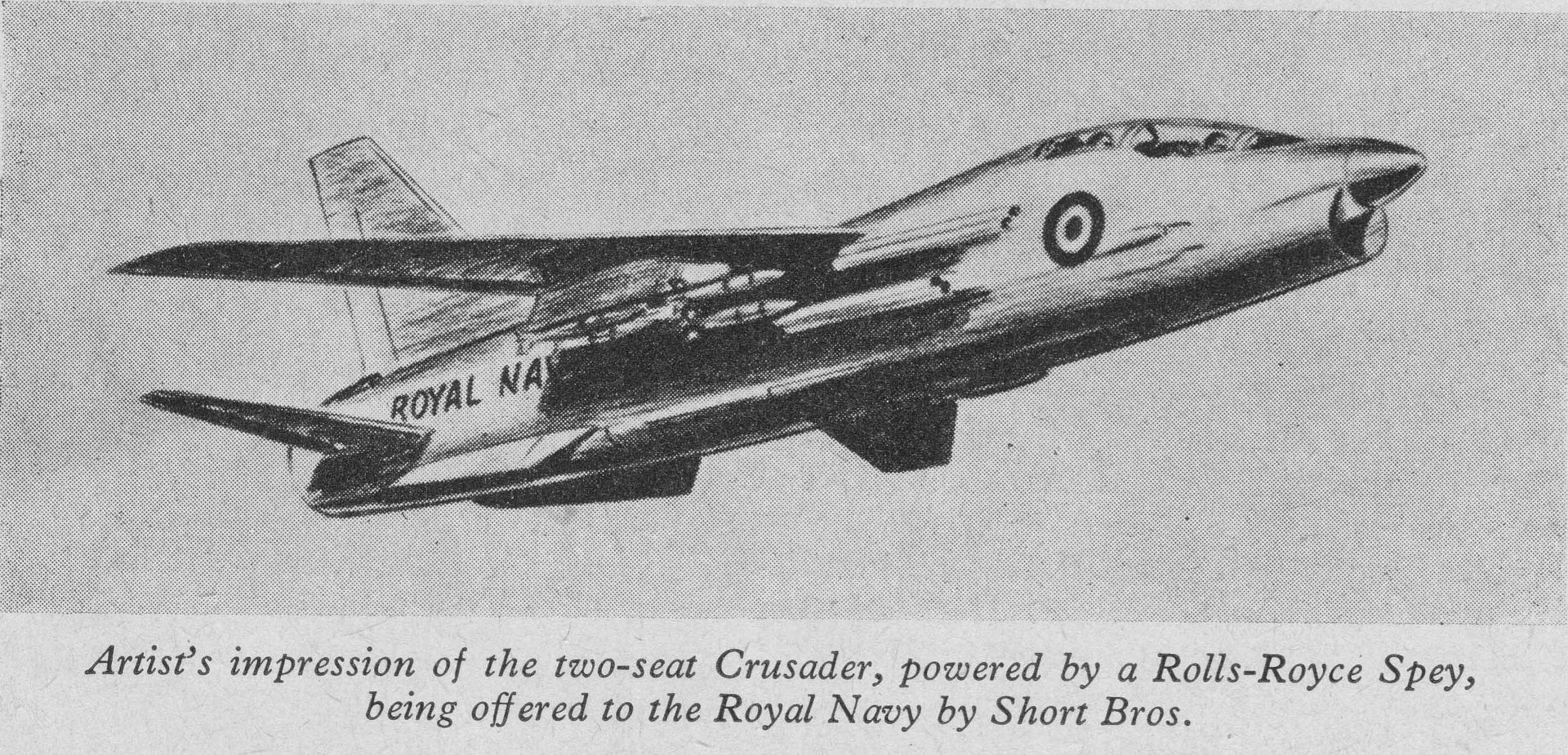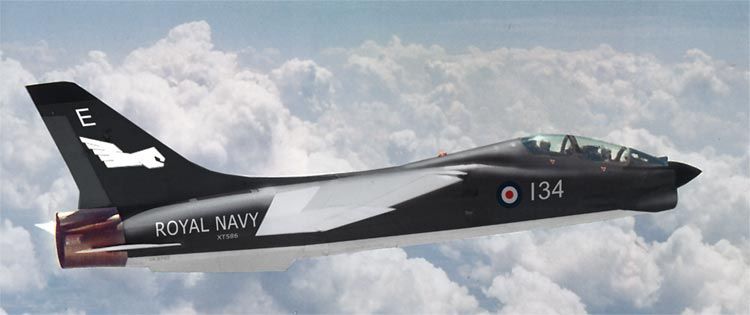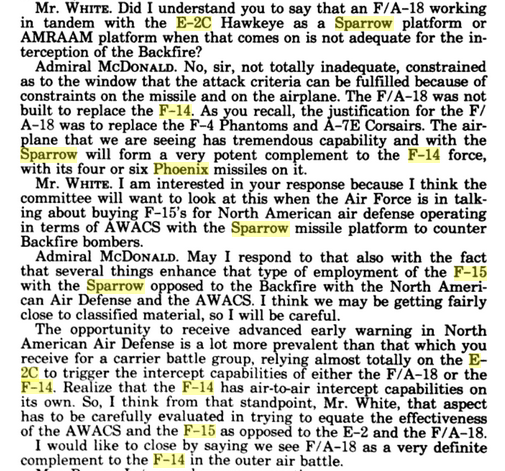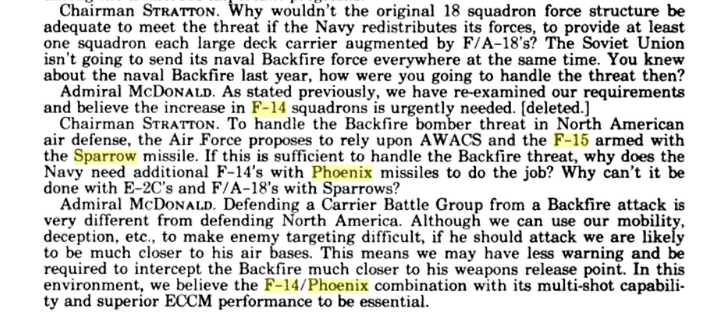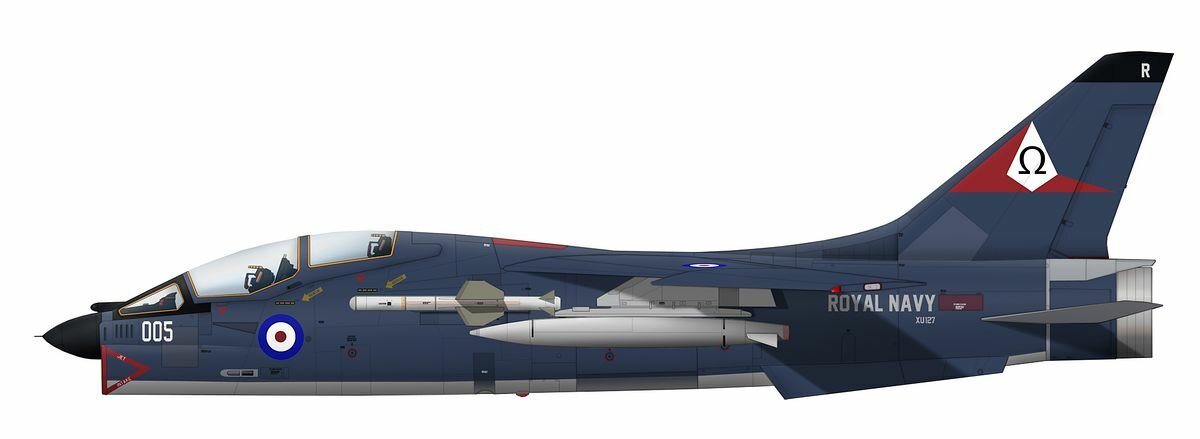uk 75 said:
To put it another way, I cannot see who could have persuaded the RN to go with a Hermes/Foch/Essex size carrier and F8 instead of F4. I was comparing this option mentally with the Invincible and Sea Harrier force we ended up with. But of course who in 1962 knew that this would happen.
And now, the French point of view. The decision to buy 42 Crusaders was taken by De Gaulle himself, whose son Philippe was an Admiral in the French navy. In order to pay for it, one of the Masurca (think Sea Slug) massive air-defence frigate was cut.
https://en.wikipedia.org/wiki/Masurca
Most of the French Navy, including Admiral Sanguinetti, was dead against the decision. The doctrine was that the French Navy could not afforded Tomcats or Phantoms or a carrier big enough to support them.
As for interceptors onboard Foch and Clemenceau, Sanguinetti noted that Crusaders took too much room from attack aircrafts, for the limited air defence they provided.
Before the Crouze, the French Navy air defence was to be as follow
- the Masurca large ships - six Suffren class were planned with only two build, + Masurca on Colbert, so that's three, but MASURCA was cumbersome, like Terrier and Sea Slug
https://en.wikipedia.org/wiki/Suffren-class_frigate
- the SM-1 tartar armed ships - four type 47 class.
https://en.wikipedia.org/wiki/T_47-class_destroyer
Buying Crusaders threw a wrench into this.
The Masurca system that had lost its frigate was first to go on the Jeanne d'Arc but ended on the Colbert cruiser.
In fact a pair of Tartar systems was transfered to a pair of new air-defence ships in the 80's, the Cassard-class - still in service today !
https://en.wikipedia.org/wiki/Cassard-class_frigate
One that got the French Navy air defence issue perfectly right was Tom Clancy in Red Storm Rising. Boom goes the Foch, despite the Crusaders...

